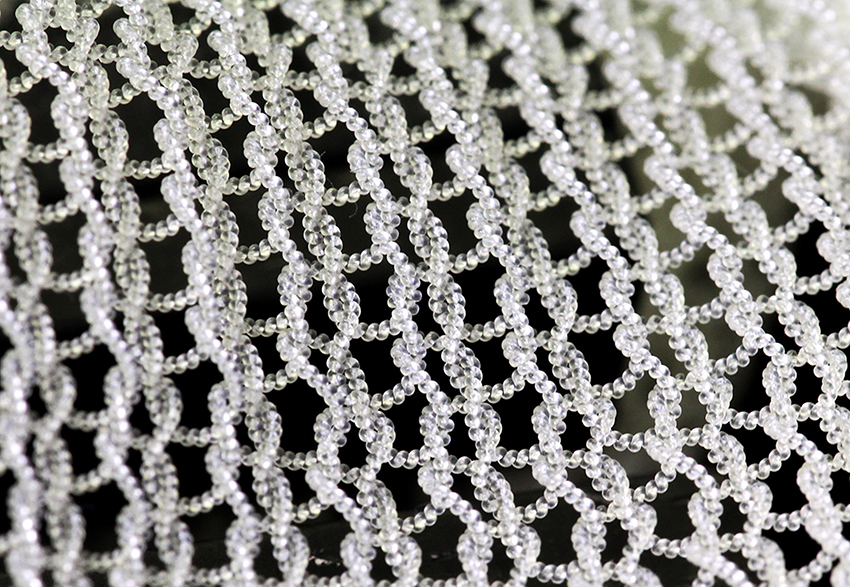A new twist in fiber manufacturing by UT Dallas researchers is making “artificial muscles.”
The team of researchers recently published a study describing their discovery that twisting fibers at high temperatures transforms them so they can be used to make textiles and prosthetics. The fibers are called “muscles” because of their ability to expand and contract with the application of heat.
“The fiber could be used for exoskeletons, that a soldier might use in combat, or one that a warehouse workers could use to lift heavy containers,” Ray Baughman, UT Dallas chemistry professor, said.
Carter Haines, associate research professor at UT Dallas’ NanoTech Institute and co-lead author of the study, said that the technology can be used to invent smart clothing that responds to temperature and moisture or develop automatic shutters for a greenhouse.
Haines said that in order for the yarns to behave like a muscle, the team twisted them until they formed coils. Once they are coiled, these pieces of yarn expand when heated and contract when cooled.
“You can take a material that expands, gets larger in volume, and using this twisting technique, have a muscle that gets shorter, and we discovered that you can even use simple materials,” Haines said.
The team began by working with carbon nanotubes, a material often used for electronics; but Na Li, research associate at the NanoTech Institute, said the underlying principle can also be applied to simpler materials such as fishing lines or phone cords.
“We can manage to transfer this simple principle from the exotic carbon materials into conventional, commercially available polymer fibers,” Li said.
The materials work through torsional and tensile actuation, or twisting and stretching motions, Haines said. Researchers can apply torque to these materials or the “muscles” themselves can generate the force necessary to produce torque.
“You can see [torsional actuation] with rubber bands and shoelaces, they will form the coils spontaneously,” Haines said. “The very simple process of coiling changes the internal structure enough to where once you get a coil out of it, you can change the torsional actuation out of it and it can change its length through tensile actuation.”
Haines said all of the materials are linked by their specific ability to coil.
This new technology of manipulating fibers has numerous implications in the day-to-day world, according to Li.
“Robotics nowadays, robotic hands, in order to fulfill all the motion that a human hand can do, they require so many motors,” Li said. “You can just use the fibers, and they’re a lot more lightweight and free ranging.”
Baughman said the team is continuing to study artificial muscles and plans to publish more research in the next year.
“That’s the work in progress for us right now, figuring out how to apply these textiles and do new things that you could never really do with textiles before,” Haines said.















